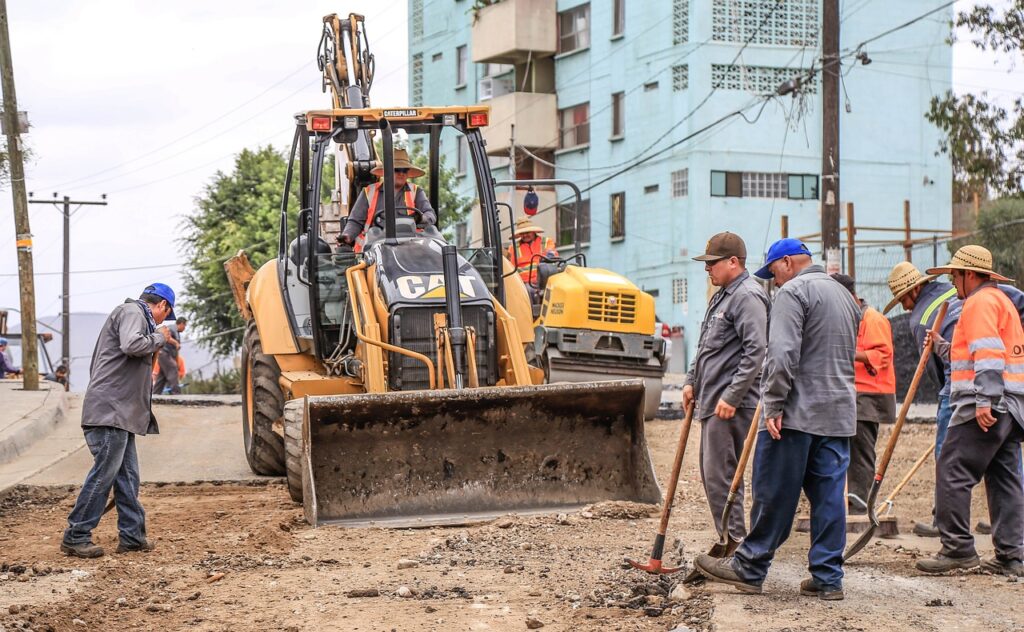Communicating is one of the hardest – but most critical – parts of managing a successful construction project. Figuring out who to share information with, and when and how to share it, can be frustrating. The bigger a project is, the more important it becomes to communicate with the right people in a clear, consistent, and effective way.
Researching your customer’s credit and payment history can yield important insights that help you craft a more effective communication strategy. This is true for every phase of a construction project, from the bidding process through to collecting your payment.
How payment history affects communication
Imagine that you’re preparing a bid for a new project when the GC tells you that they aren’t planning to pay you on time – if at all. How would you react? As refreshing as their honesty may be, I imagine that any self-respecting contractor would walk away from the project immediately.
Here’s the crazy part: That scenario happens all the time, on residential, commercial, and government projects all across the country. Late or non-payment is disturbingly common in the building industry. In fact, in a 2019 survey on construction payments, 97% of contractors said they have had to threaten to file a lien in order to get paid.
Of course, no GC or property owner is going to tell you about their plans to snub you on payment before the project starts. Actually, it’s likely that they are planning to pay everyone on time. After all, late payments are bad for business – they trigger lien claims and lawsuits. But despite their best efforts, and for a variety of reasons, some GCs and owners develop bad payment habits.
Knowing the payment history of a project’s owners and managers can help you make better decisions. You might decide not to submit a bid after all. If you do take the job, their payment practices can inform the way you communicate with them throughout the project.
How to get a contractor’s credit & payment history
Get the contractor’s credit report
While it’s typically only available for larger companies, getting a contractor’s credit report from a company like Dun & Bradstreet or Experian Commercial can give you insight into their history of paying their bills on time, including the existence of slow payment indicators, such as mechanics liens. A credit report also indicates the size of existing vendor credit lines.
Research payment practices on your own
You could ask the contractor for a list of previous clients and vendors, and contact them for their experience directly. Or you could use the data available on Levelset’s Contractor Payment Profiles, which provides rankings on payment speed, and displays a 12-month history of liens and slow payment warnings. The platform also includes ratings and reviews on the contractor’s payment practices from other construction businesses.
Good communication habits in construction
Good communication habits will serve you well on every project, regardless of the contractor’s payment history. Open, transparent communication builds strong relationships with the contractors you want to work with again. And perhaps more importantly, it protects your payment when working for a GC with a history of payment disputes.
Always send preliminary notice
A preliminary notice is typically a document sent at the beginning of a project. Depending on the state you’re working in, it may be called Notice to Owner, 20-Day Notice, or a pre-lien notice. It introduces you to the parties who control payment and lets them know what work you’re involved with. In some states, sending the preliminary notice is required in order to protect your lien rights. But even when it’s not required, this notice can be an effective tool to open up lines of communication from the start.
Establish a credit policy
When you submit your first invoice or pay application, include a copy of your company’s credit policy, including how you deal with collections. On a construction project, relationships are built on clear expectations. Sharing your credit policy tells the contractor exactly what to expect if they don’t hold up their end of the bargain. Just make sure you follow your credit policy through. Few things can derail a professional relationship like false promises.
Find also: How to flag interruptions quickly avoiding delays and cost overruns
Use reminders and demand letters
An invoice reminder can be a useful tool to ensure you get paid on time. The people running your customer’s accounts payable department want to make sure everyone is paid in a timely manner. Sending friendly reminders before and on the due date can help keep it on the top of the stack when they sit down to cut checks.
If the payment is late, and the contractor has a history of slow payments, you may decide to take a more forceful tone with a demand letter or Notice of Intent to Lien instead. Depending on your situation, you might reference the requirements and penalties in your state’s Prompt Payment Act, or even threaten to report the debt to the IRS.
Exchange lien waivers correctly
Think of a lien waiver as a communication tool. When you sign a lien waiver, you are effectively thanking the GC for the payment, and promising that you won’t lien the property. (Important side note: Lien waivers sometimes contain problematic language that can end up waiving more than just your lien rights. Make sure you know what the lien waiver says before you sign it.)
Sending a conditional lien waiver with your payment application lets the GC know you value the relationship and respect their time. Save the unconditional waiver until after you get paid. Using lien waivers correctly can set the GC or property owner’s mind at ease, and help strengthen your relationship.
Protect your lien rights
A mechanics lien is one of the most effective tools that contractors and suppliers have to get paid. Every state has its own requirements and deadlines to file a mechanics lien. Typically, this involves sending specific notices or filing documents according to a required schedule. But following lien requirements doesn’t just protect your right to use a mechanics lien if needed. Exchanging the right construction payment documents at the right time is part of a well-rounded communication strategy.
Payment history isn’t everything
Ultimately, a contractor’s payment history can help you plan for the future, but it doesn’t predict it. A contractor with a good history of payment can turn into a slow-paying contractor overnight if they start taking on the wrong projects.
Sometimes, a better indicator of payment risk may be the project itself. Looking at the project funding can provide a more accurate picture of the job’s payment risk. After all, construction payments flow down from the top. If the owner or investors start a project without enough money to complete it, everyone’s payment may be at risk, including the GC’s.
However, getting familiar with a contractor’s payment practices is a simple step that can inform your communication strategy during the job. If they’ve never missed a payment, you might decide to take a gentler tone in your communication. If their history has a number of red flags, you may choose to take a more serious communication tone from the start.
Whatever approach you land on, protecting your lien rights should be part and parcel of it. In general, everyone that works on a construction project has the right to get paid for the work they do. Clear communication can help encourage good payment practices from others – but they don’t guarantee it.




